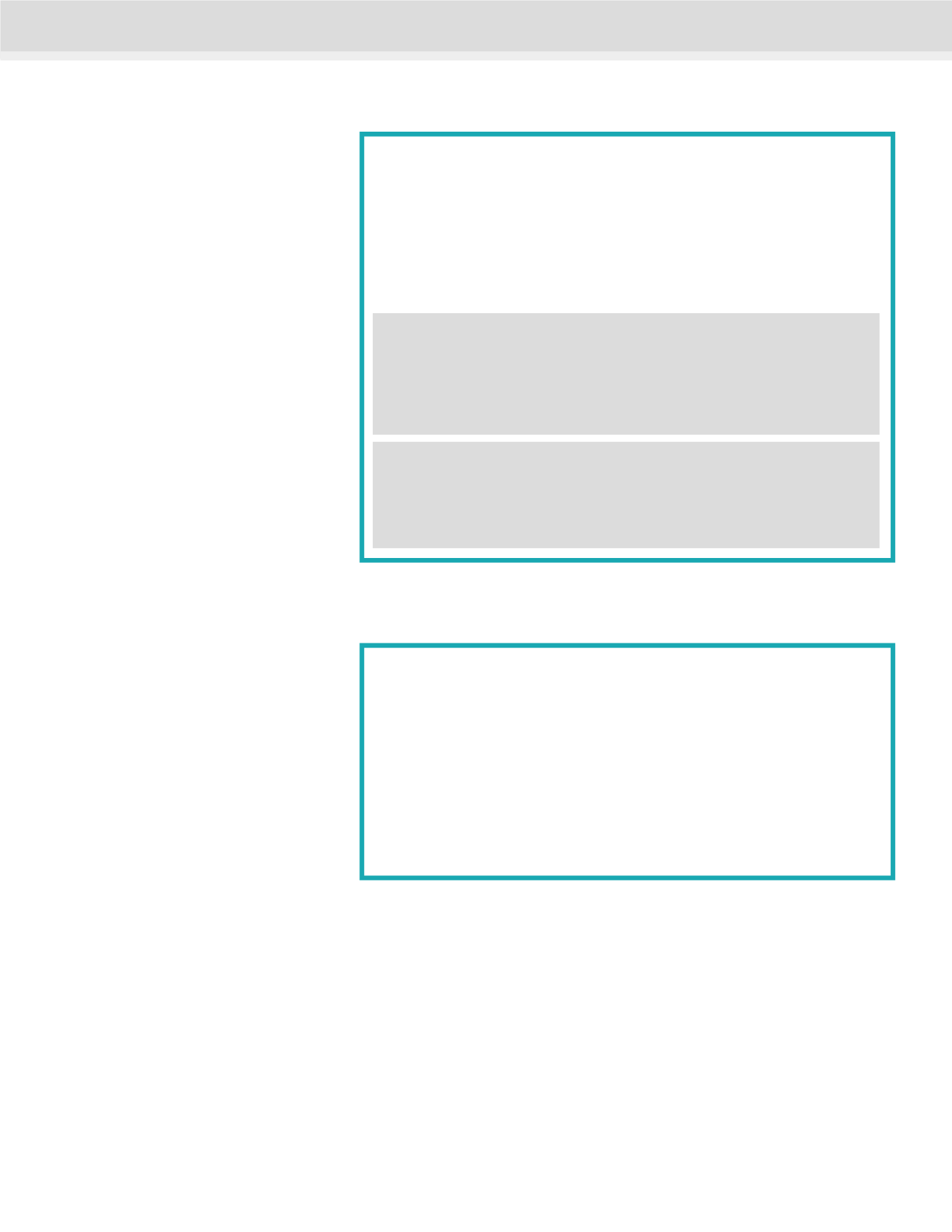
16
American Boat & Yacht Council •
the
Reference Point
• Summer 2013
out of phase issues between the two 30
amp shore power lines.
We wanted to fit the batteries into the
diesel compartment to keep the weight
distribution similar to the original
layout. We chose the Northstar thin-
plate AGM batteries with a 200 amp-
hour capacity. The lighter weight, plus
thin design, made them a much better
fit than the normal 8D size batteries.
The battery bank is configured into
three 24v DC banks that are combined
to make a single 72v DC battery
bank using contactors. In addition to
staying within ABYC standards, this
configuration allows us to charge the
batteries in smaller banks.
This gives better “care and feeding” than
if we had combined all six batteries into
one bank. It also avoids over - or under
- changing the first and last batteries in
the series.
IN SUMMARY, THERE ARE THREE
BATTERY CHARGERS ON OUR BOAT:
1. HYBRID-ELECTRIC CHARGER: 72V DC
FOR EXTENDED PROPULSION - ONLY
RUNS VIA THE GENSET
2. PRIMARY PROPULSION CHARGER:
24V DC - CAN BE RUN VIA
SHORE POWER OR GENSET
3. ORIGINAL HOUSE BANK CHARGER:
12V DC
The two propulsion bank chargers are
isolated via contactors and have clearly
labeled, separate circuit breakers. As
an additional control point, we intend
to install a new panel for these circuit
breakers that contains a slide lock
to physically ensure only one of the
chargers is selected at a time.
We performed sea trials to record boat
speed, propeller shaft RPM, and diesel
engine RPM with the old diesel. After
the conversion, using the same propeller
and shaft, we recorded boat speed,
propeller shaft RPM, and watts (AMPS
Out x actual voltage DC). We performed
the tests twice, except in reverse, to
obtain an average to minimize for any
current, wave, or wind impacts.
The new motor did not achieve the
same top speed as the old diesel since
we did not achieve the shaft RPM, but
it did give us a top speed of over 5 knots.
This speed fell within a range we were
comfortable with for safe maneuvering
and our lifestyle of sailing.
Bill and Amy McManus along with their son,
Finn, and cat, Quincy, spent 2012 cruising
the US Atlantic East Coast, Bahamas and the
Gulf of Mexico on their Hylas 44. Their next
sailing adventure includes exploring the Pacific
Northwest. To read the entire article on their
conversion and cruising with electric propulsion,
as well as their comments on the pros and cons,
go to:
/
tech-bulletins.php
VESSEL:
Marama
TESTING DATE:
10/31/2010
MAKE MODEL:
Hylas 44 CC
LOCATION:
Severn River / Chesapeake Bay
DISPLACEMENT:
22,000
OVERALL CONDITIONS:
Winds 10-15 Gusts Higher
ENGINE MAKE/MODEL:
Yanmar 4JHTE
1-2 Foot Waves
ENGINE HP RATING:
55 HP
SPECIFIC CONDITIONS
GPS SPEED
SHAFT RPM
ENGINE RPM
Wind 9 Knots
6.7
1219
2525
on the Stern, Port
5.7
879
2000
Quarter
4.9
746
1700
4.2
603
1400
3.4
539
1150
3.1
470
IDLE (1,100)
Wind 15 Knots
6.2
1162
2450
on the Bow
5.6
970
2000
4.5
809
1700
2.8
666
1400
1.7
473
1100
TEST DATA 1 - Old Diesel Engine
TEST DATA 2 -
New Electric Motor with Same Propeller
TEST DATA FOR NEW MOTOR
s/v Marama – Octoboer 22, 2011
Severn River – Annapolis, MD, Gearing 22/72
Same Prop – Diameter 17” Pitch Variable, Auto Prop
Conditions – Less than 5 knots of wind, calm water
GPS SPEED SHAFT RPM WATTS (72v DC nominal)
SLOW FORWARD
1.7
276
481
SLOW FORWARDS
2.7
279
494
AVERAGE
2.2
277.5
487.5
MED FORWARD
3.8
528
2,275
MED FORWARD
3.6
541
2,202
AVERAGE
3.7
534.5
2,238.5
FULL FORWARD
5.3
776
5,763
FULL FORWARD
5.3
776
6,259
AVERAGE
5.3
776
6,011
MED REVERSE
1.3
559
1,392


